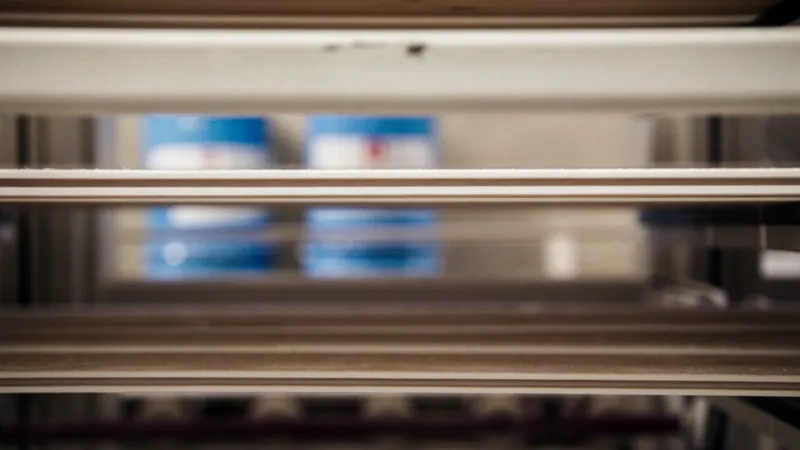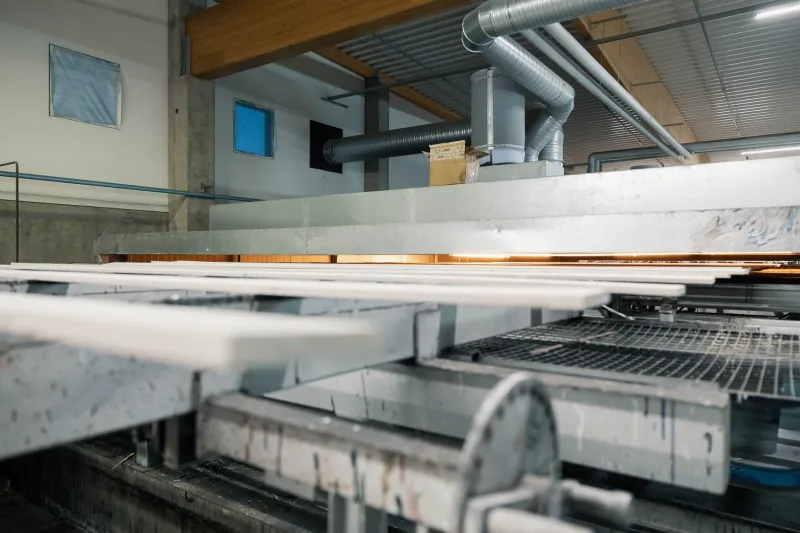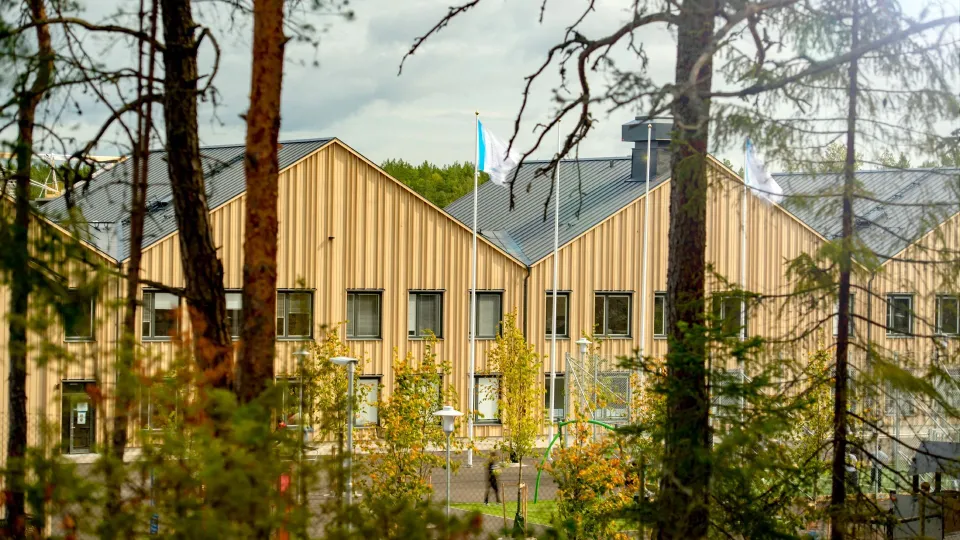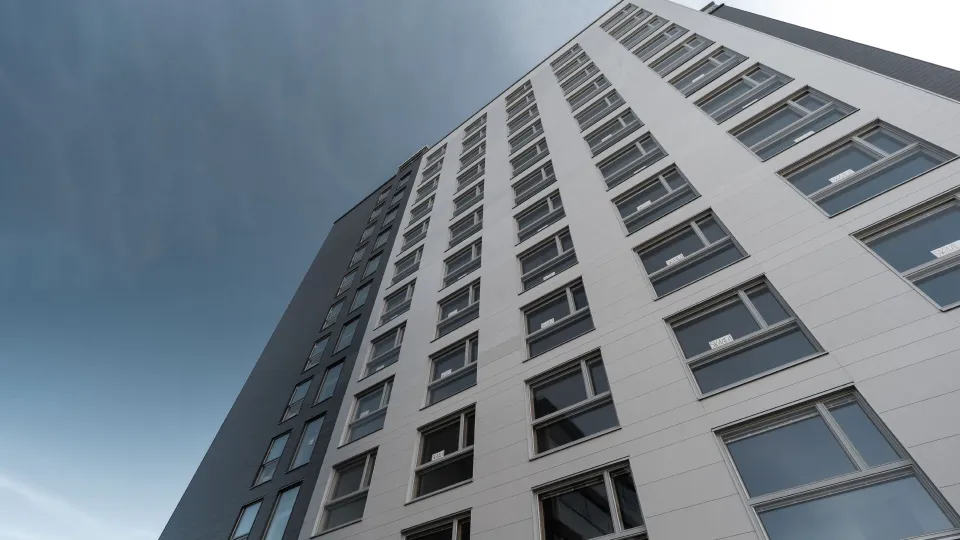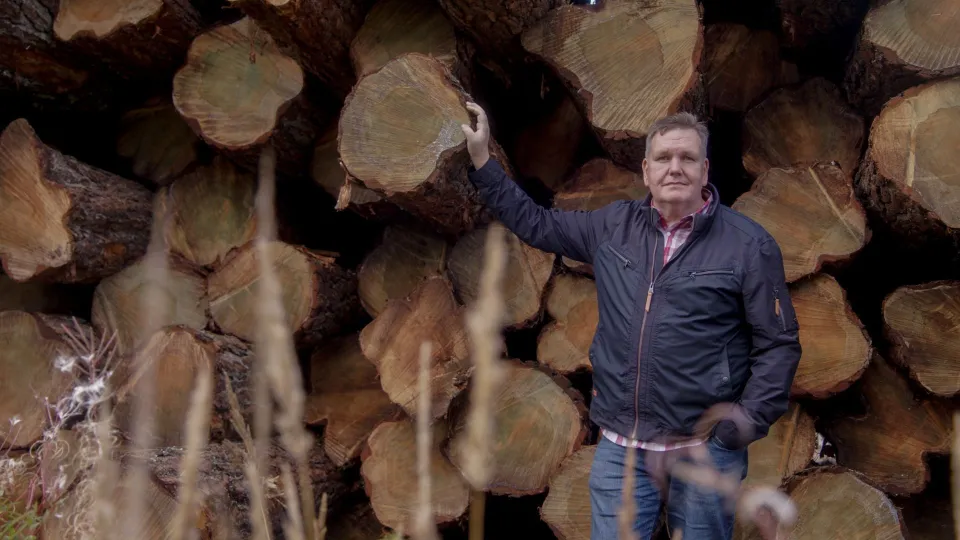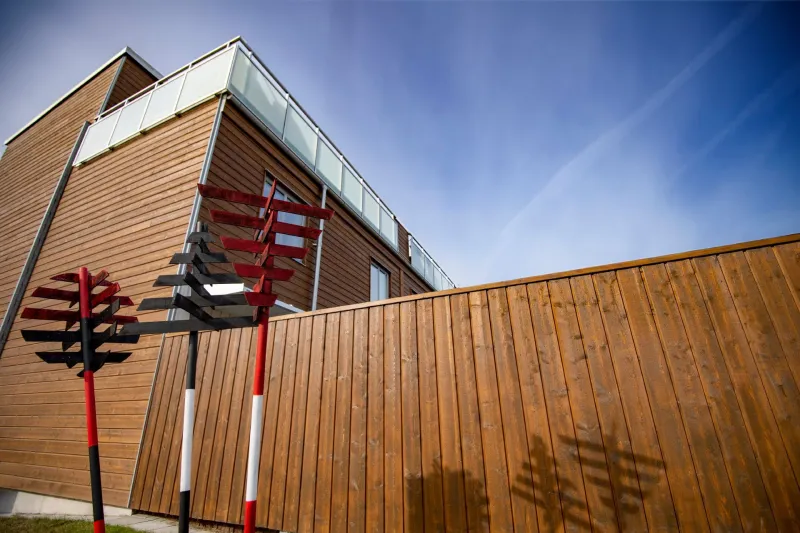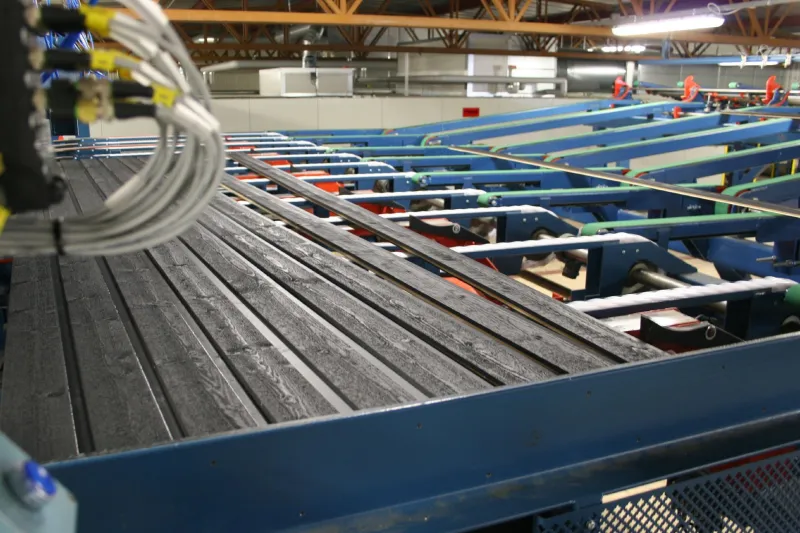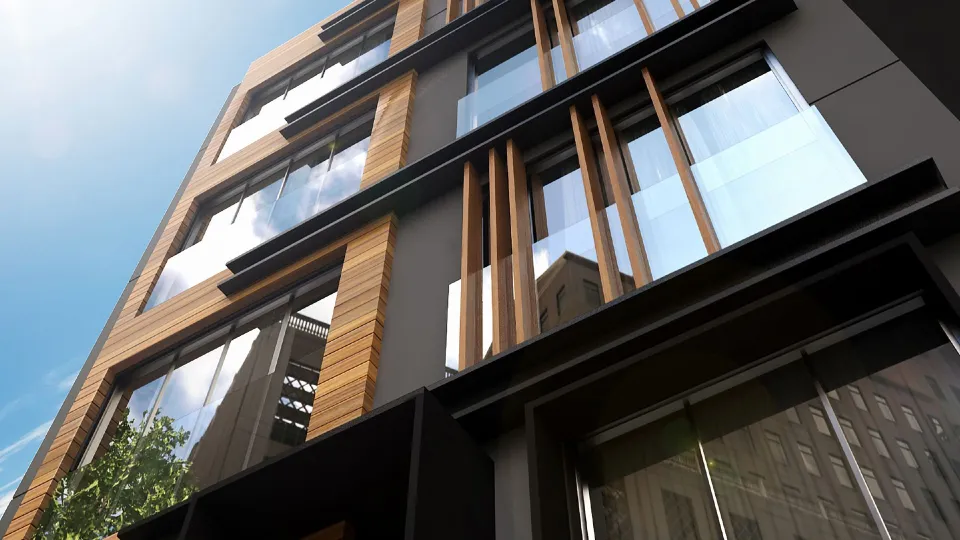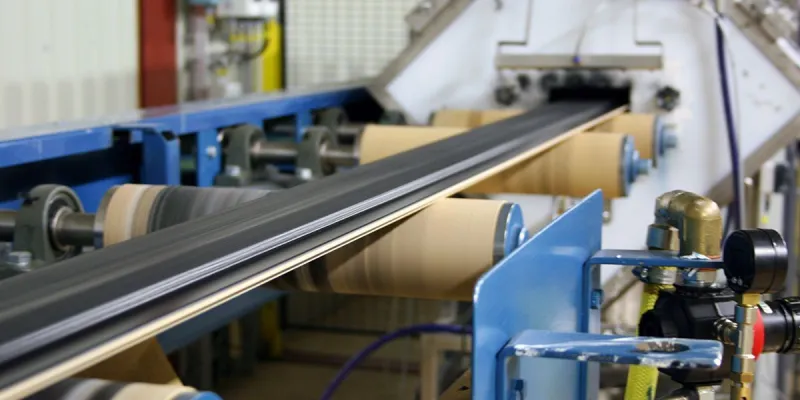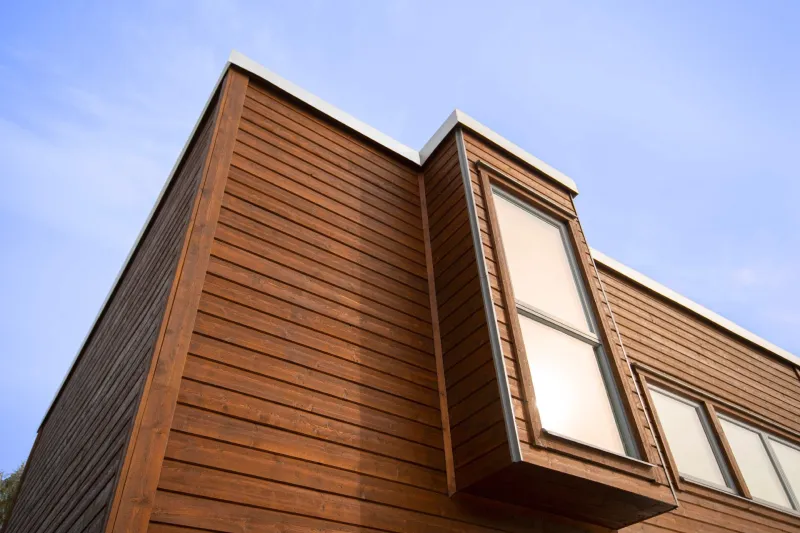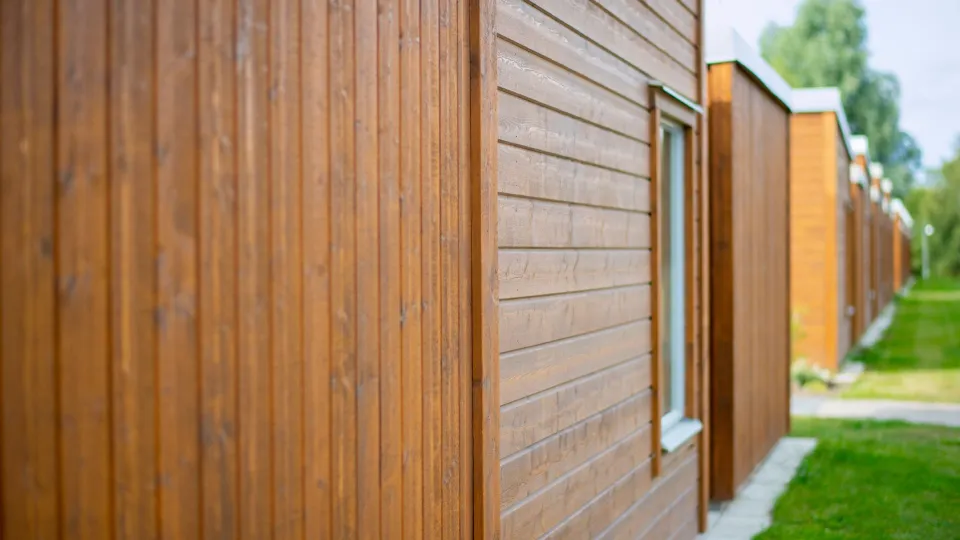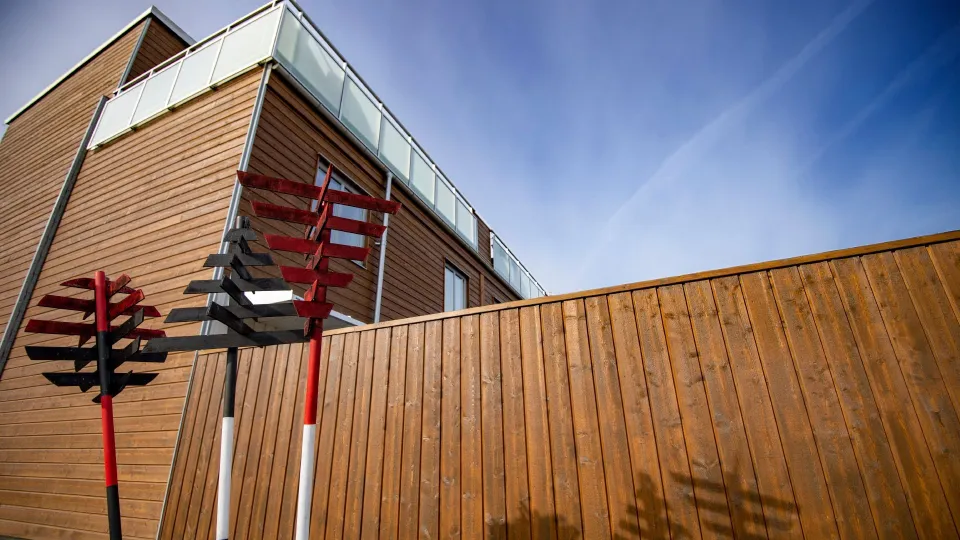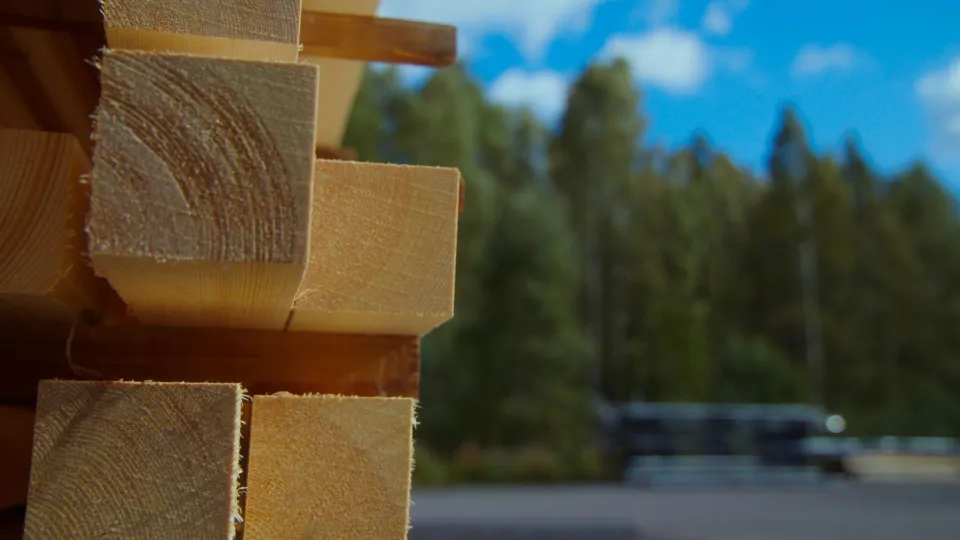Complete guide for industrial wood coatings
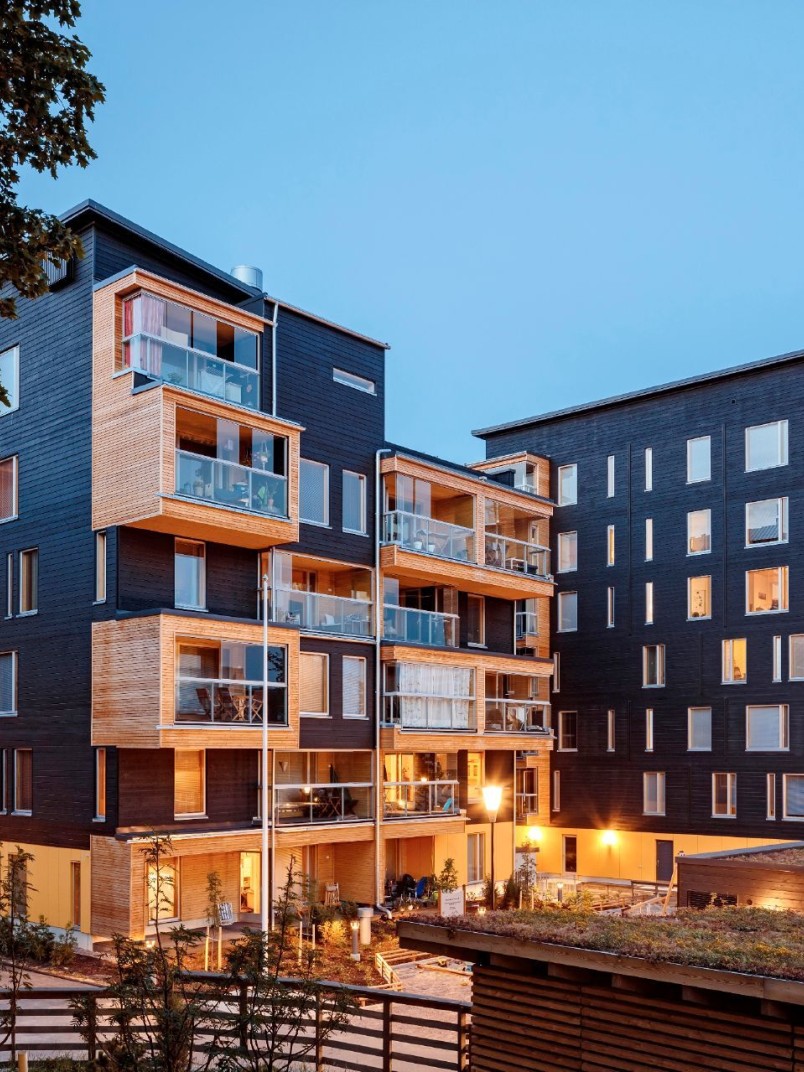
The main purpose of wood coatings is to protect and beautify wooden surfaces. But selecting the right type of coating can be easier said than done. You can ask yourself a seemingly endless series of questions such as:
- Which product will produce the best results?
- Should you use waterborne or solvent-borne coatings and what is the impact on your production?
- How quickly should the coating dry?
- Can a thicker coating remove the need for another layer?
The answers to these questions and more depend of course on your business needs and budget. We want to help you make smart decisions regarding wood coatings.
On this page, you’ll find what you need to know about wood coatings, from the different types to the different ways of applying them, how to optimize your coating line, use cases of our coatings as well as calculators you can use to make right business decisions.
How to find right wood coatings for different production lines?
Finding the right wood coating for an industrial production line results in a more efficient application process and saves time and money for the business. No production line is the same. The first step is understanding the difference between water-borne and solvent-borne coatings and the impact this has on the production line for your industrial wood products.
How to optimize your industrial coating line?
Making optimizations to your wood coatings production line is something that should happen periodically. Looking at places where the line can improve, you can save time, money or both. We have collected potential options and things for you to consider when analyzing your production line.
How surface treatment lengthens the lifecycle of wood
Industrially coated timber has the best prerequisites for reaching a maintenance treatment interval that is as long as possible. Proper selection of products and maintenance painting can significantly extend the life of a wooden building. With the right products, wood stays in great shape longer – both aesthetically and structurally.
What does good value mean in industrial wood coatings
When you’re running an industrial wood production line, you have so many demands on your time to get all the moving parts working correctly that it can be easier to look at the headline price of a product. But price is only part of the overall value of wood coatings. Identifying all elements to include in the calculations can make a huge difference. Read an article that discusses what you should consider when selecting a suitable wood coating.
Application methods for industrial wood coatings
There are many possible ways to apply wood coatings in a production line, and no single method is useful in every situation. Different product types require different ways to apply wood paint to achieve the desired outcome. Understanding the differences between the different application methods and where each is most advantageous can help decision making when planning future developments.
What are the different types of industrial wood coatings and how they should be applied?
What are the most commonly used wood paints in the industry? Industrial wood paints can be divided into different groups based on their intended purpose of use. Learn what the different kinds of industrial wood paints are and how they should be applied.
